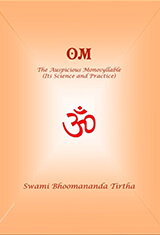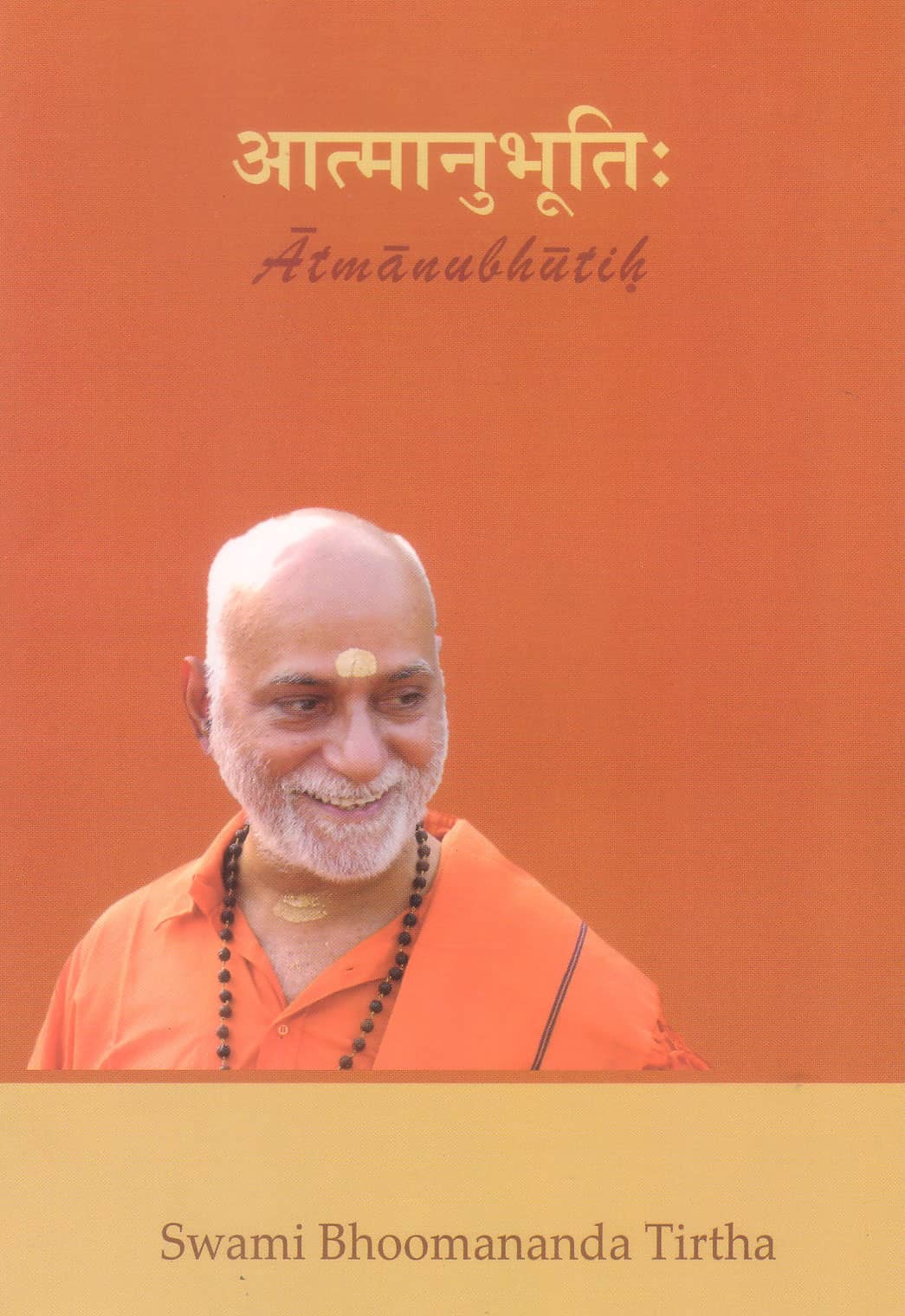Resources
Sādhana in Gurusannidhi
Swami Nirviseshananda Tirtha

It is one thing to listen to the Guru from a distance, worship him and practise meditation. It is altogether different to live and interact with him closely in a set up run according to his cherished values and directions. Only in close association with the Guru, working under his direct guidance and observation, the seeker comes to know what is surrender, what is ego-effacement or ego-sublimation.
Perhaps there is widespread misunderstanding that life in the Ashram is supposed to be free of all worldly difficulties and disharmony. It is never so. Seekers come to the Ashram from the society with all kinds of mental constriction and insufficiency – only to get rid of them, not after getting rid of them. A good Ashram should rather be a colourful collection of all human complexities!
- It is one thing to listen to the Guru from a distance, worship him and practise meditation. It is altogether different to live and interact with him closely in a set up run according to his cherished values and directions. Only in close association with the Guru, working under his direct guidance and observation, the seeker comes to know what is surrender, what is ego-effacement or ego-sublimation.
- On one hand, as we express our impurities through interactions, the Guru gets an opportunity to correct and purify us. On the other hand, while living in the company of the Guru, the purity, impersonality, and universal love of the Guru, percolates our being unawares like osmosis.
- Through the Teacher’s responses to various situations, we get a touch of his vision – his love and his dispassion. In receiving his comments and accepting the corrections, our ego gets sublimated. In working with the co-disciples and accommodating others lovingly as the Guru does, our minds expand.
In an Ashram, in the association of a Mahatma, all discordant situations and interpersonal conflicts get transformed into golden opportunities for sādhana – for discovering our inner impurities and removing them. Whatever be the external situation or difficulty, the seeker’s mind gets affected only because of its own constrictions. Guru helps the seeker broaden his vision and sublimate his mind to transcend the affectation. Thus, the interpersonal difficulties lead to spiritual progress and purification of the seekers. They also help to forge a loftier bond and integrity amongst the seekers.
“A few difficult persons should always be there for the seekers to progress in their sādhana. Being good to good people is very easy. Real goodness lies in being good even to the difficult and harmful people.” – Swami Bhoomananda Tirtha
The collective life of an Ashram relentlessly provides situations where our self-centeredness gets exposed. A seeker’s life in the ashram will never be harmonious until he orients himself to a new sādhana of expansion and assimilation – which, in truth, is the sādhana of transcending our likes and dislikes.
So, the interactional sādhana in an ashram demands more thorough and comprehensive purification, refinement and expansion of the seeker’s personality than would otherwise take place through individual sādhana pursued in seclusion.
Moreover, although the usual collective lives of family and profession also require us to reconcile and accommodate, they lack the central aim of transforming and dedicating our life for a supreme impersonal cause. That is why ‘surrender’ and ‘wholesome dedication to the service of the Guru’ play the fundamental role in the collective life of an ashram.
“Attitude of a disciple must be such that the Guru feels free to correct him and ask him to do whatever is necessary.”
As long as we allow our own desires, likes and dislikes, or egoistic self-evaluation to interfere with the Guru’s comments on our behaviour or his instructions to us, we will never know what it truly means to listen to his words. That is the test of wholesomeness and receptivity of a seeker. Otherwise, even decades of ashram life or association with the Guru will not bring the transforming effects of Gurusannidhi.

“In an Ashram, in the association of a Mahatma, all discordant situations and interpersonal conflicts get transformed into golden opportunities for sādhana. ”
“A few difficult persons should always be there for the seekers to progress in their sādhana. Being good to good people is very easy. Real goodness lies in being good even to the difficult and harmful people. ”
“Attitude of a disciple must be such that the Guru feels free to correct him and ask him to do whatever is necessary. ”
“It is one thing to listen to the Guru from a distance, worship him and practise meditation. It is altogether different to live and interact with him closely in a set up run according to his cherished values and directions.”
you might be interested in

Ma Gurupriya
218 – Divinising the Day 15 | Swamini Ma Gurupriya

Swami Bhoomananda Tirtha
Glimpses of Arch Gate “Kavaata” Inauguration | Narayanashrama Tapovanam

Swami Nirviseshananda Tirtha
087 – by Swami Nirviseshananda Tirtha – Voice of Upanishads

 2045 views
2045 views

 Add to Favorites
Add to Favorites Add to Reading List
Add to Reading List







